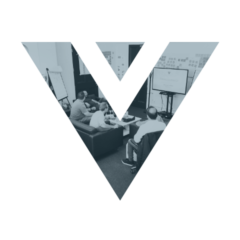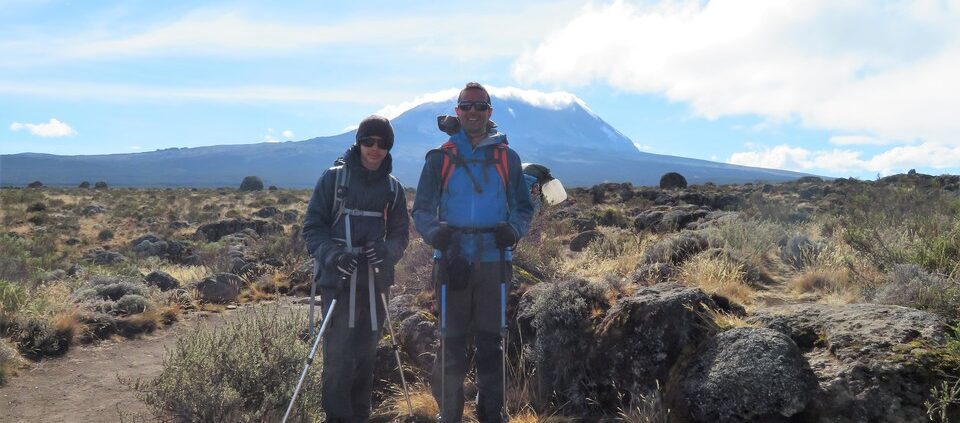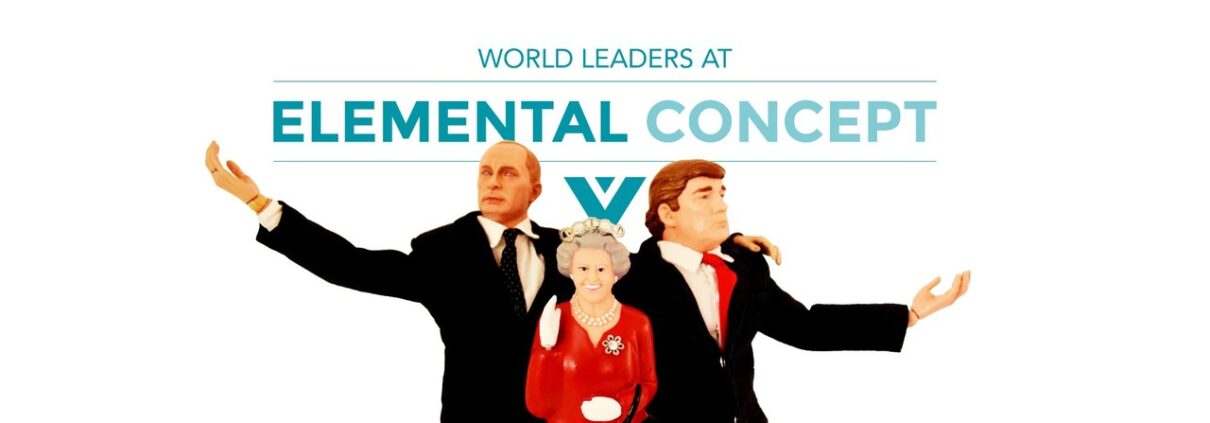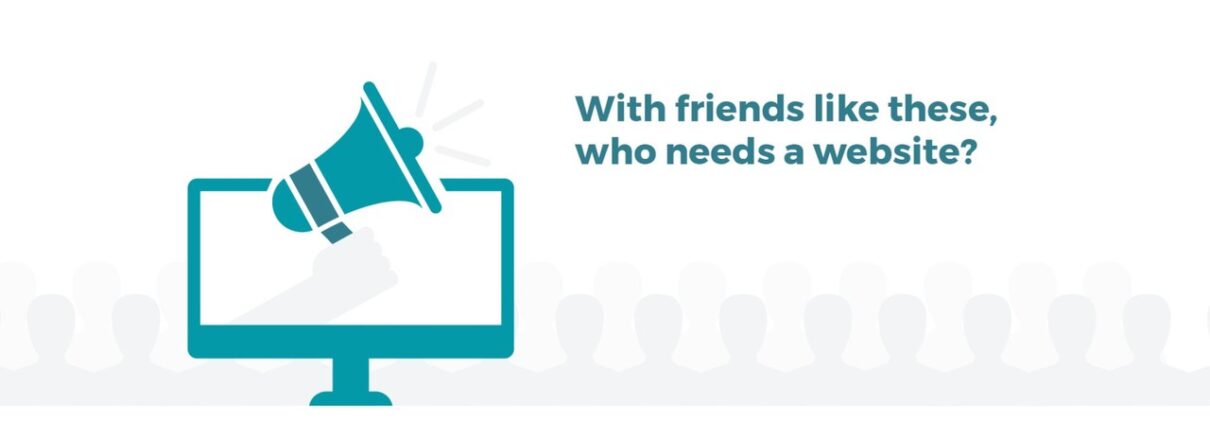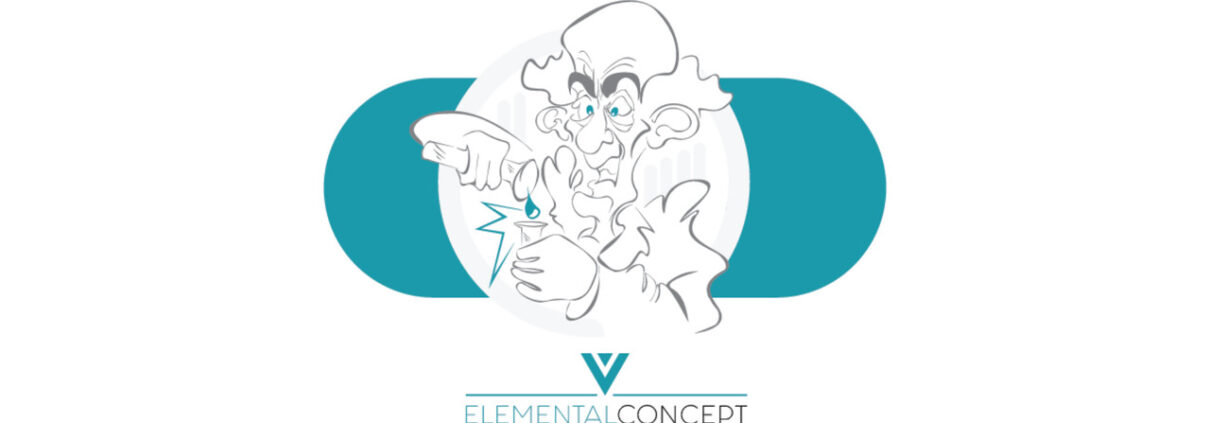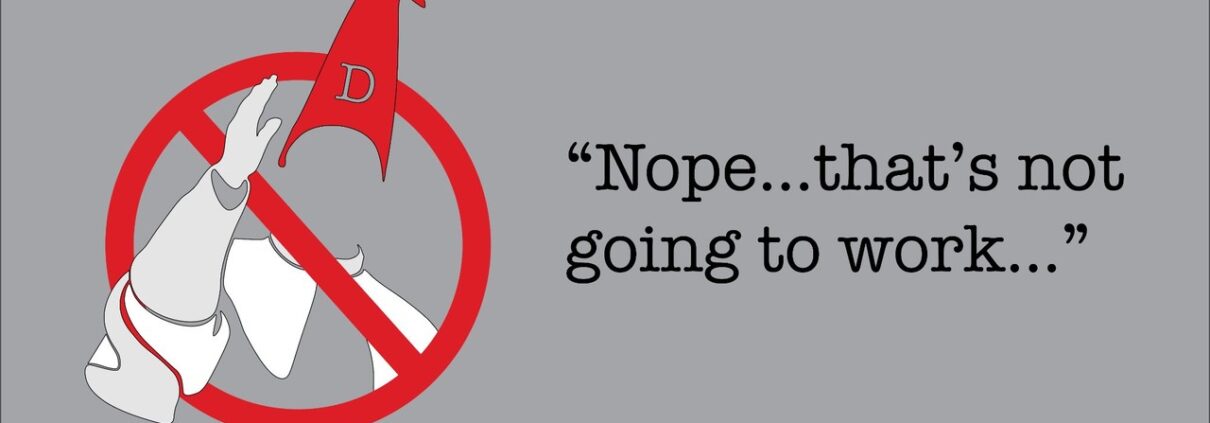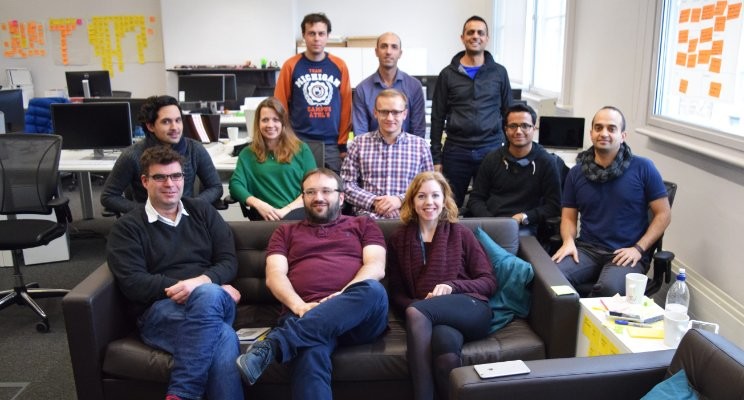The Mountain Bites Back
It has taken me a little longer to write this blog than I planned, partly because there is a lot to reflect on and I was honestly knackered.
Firstly, the most important thing is to thank everyone who sponsored Xavier. We beat the £5k target so DRWF will get £10k towards their fight against diabetes. It’s still possible, if you wish, to donate here: https://www.justgiving.com/fundraising/xavier-shah
There is so much to say about this expedition that it’s a little difficult to put it into words, and any of you that know me, know that’s out of character!
Xavier and I chose to climb the Lemosho route up Kilimanjaro as it’s considered one of the most scenic treks even if it’s slightly more difficult. For the experience, this proved to be the right decision as we experienced a wide variety of landscapes during our 8-day trek.
We started in the rainforest, and as you can see, we weren’t the only creatures attempting to climb things! There were other larger creatures and lots of mosquitoes so it was a slight relief that within 2 days we had gone from lush green, humid rainforest teaming with black and white colobus monkeys into barren, scrub filled moors.
Kilimanjaro has amazing biodiversity with its five different climate zones and getting to see some of the weird and wonderful plants that only grow at certain altitudes was definitely one of the highlights.
By day 4 we had climbed to 4600m and thankfully neither of us were suffering from altitude sickness. I had spent 4 nights in a tent with my son and hadn’t needed to murder him. The down time playing scrabble whilst huddled in a sleeping bag to stave off the cold are moments that I will always treasure (especially as I made up words and tried to convince him they were real).
The following day was for both of us the highlight we climbed the great Barranco wall with an elevation of 257 meters which is more of a scramble than a trek.
Although we were not as heavily laden as some of the others in our group (with 20kg packs on their head, using no hands up a 40% slope!) our sense of achievement was palpable. By that evening we were in great spirits as we’d made such good progress, we were told we might reach the summit a day early.
It was at this point that the mountain bit back.
Overnight, the weather turned as big storms that normally don’t come till mid-November rolled in. The trek to Barafu base camp was long and difficult with gale force winds pelting us with hail and snow. There were times when we were struggling to move in the wind and the rocky ground was getting progressively icier. It was probably at this point that it first occurred to me that mountains can be dangerous. As we neared base camp the evidence of peoples struggles became clearer as there was equipment, baggage, food, tents, etc abandoned on route as people just tried to get through it.
The seasons on Kilimanjaro are pretty consistent and these late November storms are usually avoided by shutting down trekking for the season. These early storms were so unexpected that people were just not prepared, including us and even the experienced Sherpas. At base camp there was no shelter apart from the rangers hut where they were trying to prioritise getting those who were suffering the most dry and warm. This included Xavier, who’s so called waterproof gear just wasn’t. Hyperthermia was a real threat to many people and it was heart breaking to later learn that two of the Sherpas working with other parties died during the storms.
We were so lucky that our amazing crew of 10 Sherpas were one of only two crews that managed to get tents up stably in those conditions. Undoubtedly this is what kept us from hyperthermia and safe when all the other trekkers were forced to retreat down to safer parts of the mountain in the storm.
It was only the next morning that I could see how scarily precarious our tent was perched on the edge of the mountain and yet on the flip side of that, how close we were to reaching the summit. Experiencing the force of nature up close was incredibly sobering, equalising and humbling – it’s hard to put into words.
Despite the blue skies pictured, the raging storms soon returned and our route to the summit was closed, deemed too dangerous without snow and ice gear by Park Rangers. So, with just 4 hours left to go of our 8-day trek, we were stopped from reaching the top – denied by nature.
We retreated to the warmth and comfort of our hotel to share a beer with our crew who got us back safely. We returned to our family, tired and exhausted but grateful to be going home, thinking about those who wouldn’t be with their families.
Thank you to all of you who supported us and helped us raise an incredible amount of money for a very worthwhile charity. The money raised will enable DRWF to help change the lives of people with diabetes for the better.
Xavier and I are hanging up our hiking boots to dry out for a while before we plot our next adventure.
